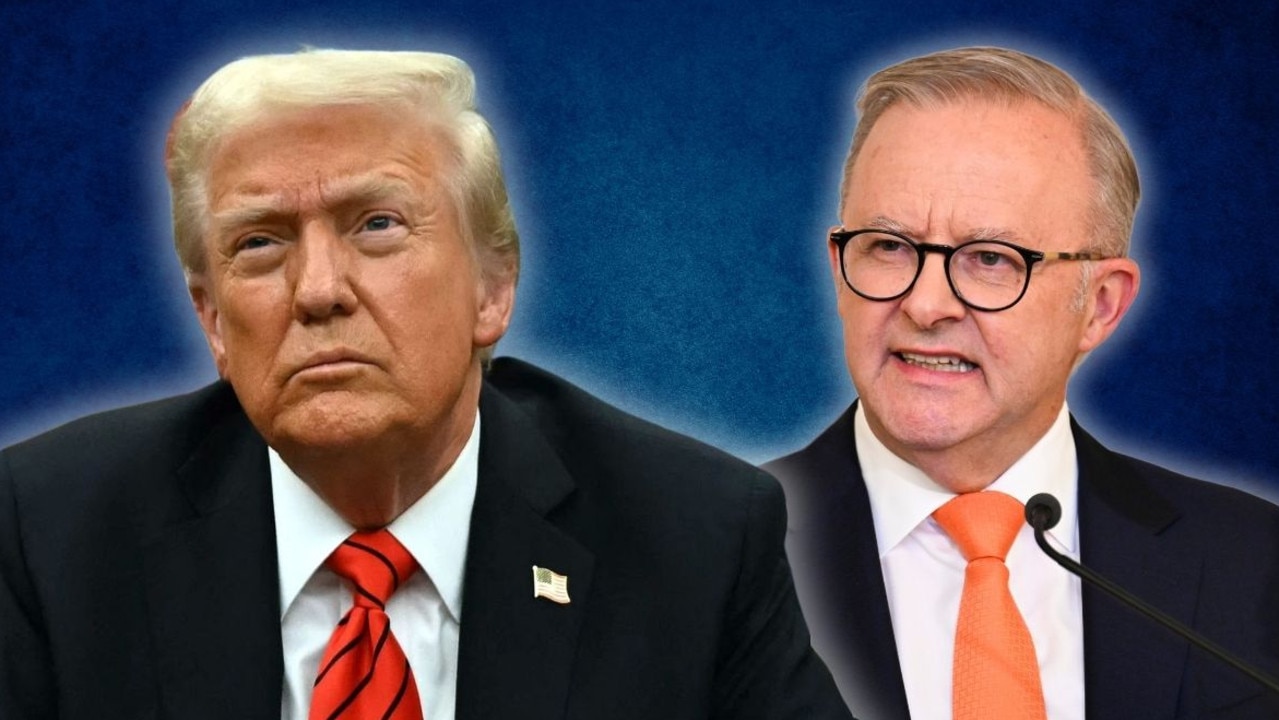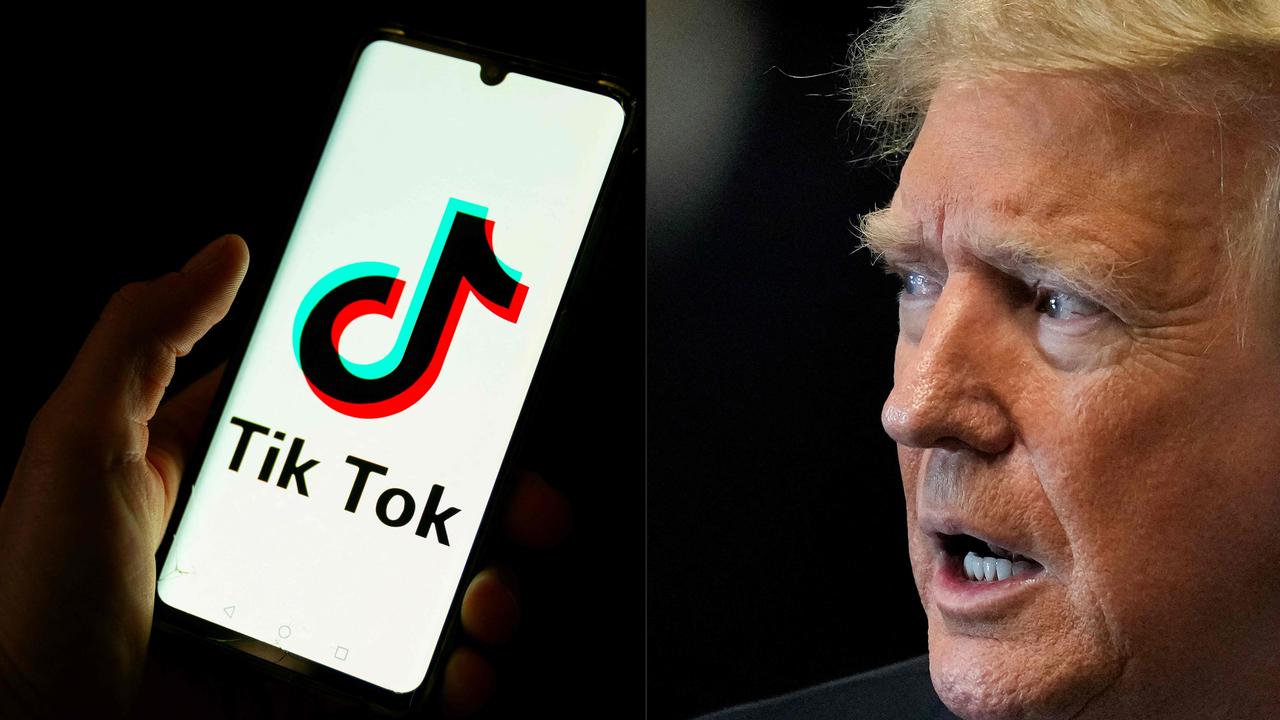Your five minute guide to the US Election
Get across the key details and become an instant expert on the US presidential election with our complete and easy-to-read five-minute guide.
US Election
Don't miss out on the headlines from US Election. Followed categories will be added to My News.
After months, even years, of hype and headlines, America is set to go to the polls to elect its next president on Tuesday. Whatever happens, history will be made: America will either elect its first female president, or its first president who is also a convicted felon.
Bring your US election punditry up to date with this explainer.
When does voting for the US election start?
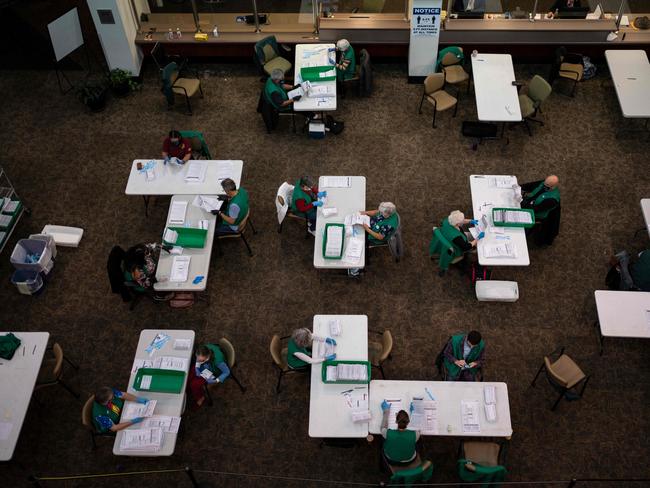
Voting has already commenced in the form of mail-in ballots in the states that accept such measures. A fortnight out from voting day, more than 20 million votes had already been cast this way. On election day proper, Tuesday November 5, three tiny towns in New Hampshire (Hart’s Location, Dixville Notch and Millsfield) cast ballots shortly after midnight. Voting in some eastern states opens at 6am Tuesday (8pm Tuesday AEDT).
When does voting end?
Booths in some eastern states shut at 9pm local time (11am Wednesday AEDT), and on the west coast until 8pm local time Tuesday (2pm Wednesday AEDT). Voting in Hawaii continues until 7pm local time (4pm Wednesday AEDT) - but Hawaii is not exactly expected to offer any electoral surprises, either.
Why are US Elections held on Tuesdays?
America’s been electing its president on the first Tuesday in November since the 1800s. Tuesday was chosen as it was the least disruptive day for farming communities back then.
Who is the 2024 Democratic and Republican nominee?
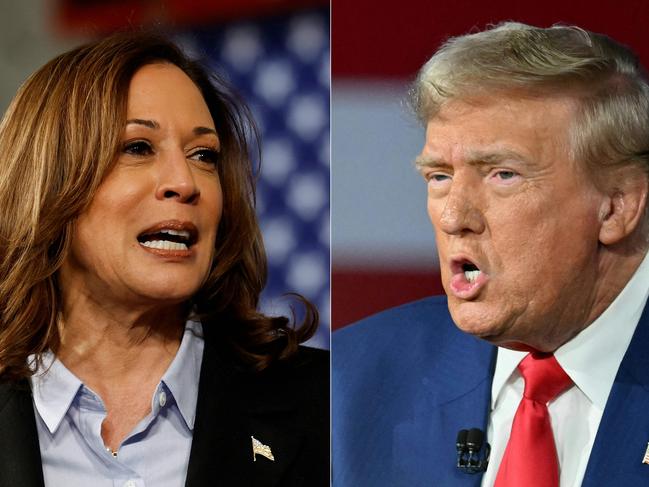
Because this is America, where everything is complicated, the candidates on the ballot vary from state to state. The two main tickets are of course the Democrats, led by Kamala Harris, with Tim Walz as her deputy, and the Republicans, led by Donald Trump, with JD Vance as his deputy. They are on the ballots of all 50 states - and in New York, they are the only candidates on the ballot.
Who is on the ballot elsewhere?
In two other jurisdictions, Illinois and Washington DC, voters will have three options - Republican, Democrat, and the third option for the no-longer-running independent candidate Robert F Kennedy Jr, and his running mate Nicola Shanahan.
Meanwhile in North Dakota and Wyoming, voters also have three options - Republican, Democrat, and the Libertarian Party team of Chase Oliver and Mike ter Maat.
And in Pennsylvania and Texas, voters have four choices - Republican, Democrat, Libertarian and the Green Party candidate Jill Stein, who has Butch Ware as her running mate.

The Green Party is on the ballot in 26 states, and could play a small but pivotal role in the election; indeed, the former Democratic presidential candidate Hillary Clinton partially blamed the Green campaign for her loss in 2016.
There are also other minor candidates running in other states; Washington state has the most, with 10 different teams on the ballot, while Utah and Wisconsin have eight apiece.
How is the winner decided?
Each state is allocated a certain number of votes in what they call the Electoral College. You can read more about the electoral college here.
There are 538 electoral college votes all up, and whichever candidate gets a simple majority - 270 or more - will become president.
Which are the states to watch?
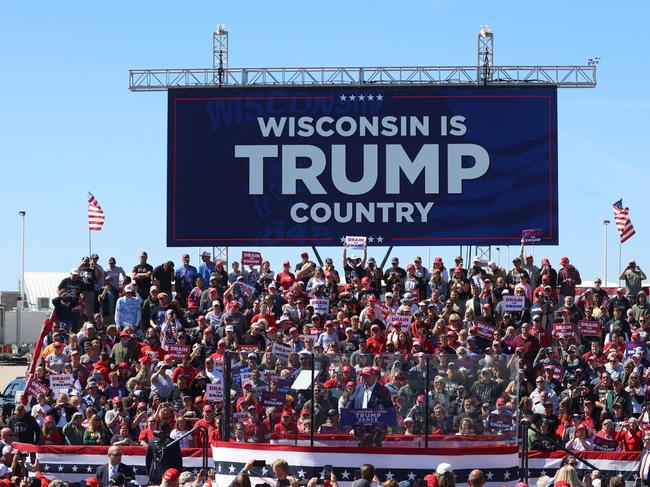
Despite all the campaigning, most states are not expected to throw up any surprises on election day: the “red states” (Republican-leaning) will stay red, and the “blue states” will stay true to the Democrats.
If no states offer surprises on election day, Kamala Harris can pretty much bank on 226 electoral college votes, and Donald Trump can presume 219.
It then becomes a race to see who can get to 270 votes from the remaining seven states:
Arizona - 11 electoral college votes
Nevada - 6 electoral college votes
North Carolina - 16 electoral college votes
Pennsylvania - 19 electoral college votes
Michigan - 15 electoral college votes
Wisconsin - 10 electoral college votes
Georgia - 16 electoral college votes
What do the polls say about the seven swing states?
A recent Washington Post-Schar School poll shows voters in the seven swing states are very evenly divided between Donald Trump and Kamala Harris.
The poll had Trump leading in Arizona and North Carolina, Harris leading in Pennsylvania, Georgia, Michigan and Wisconsin, and the two candidates tied in Nevada.
But the results were within the margin of error for all seven states. So it’s very close.
When will we know the outcome?
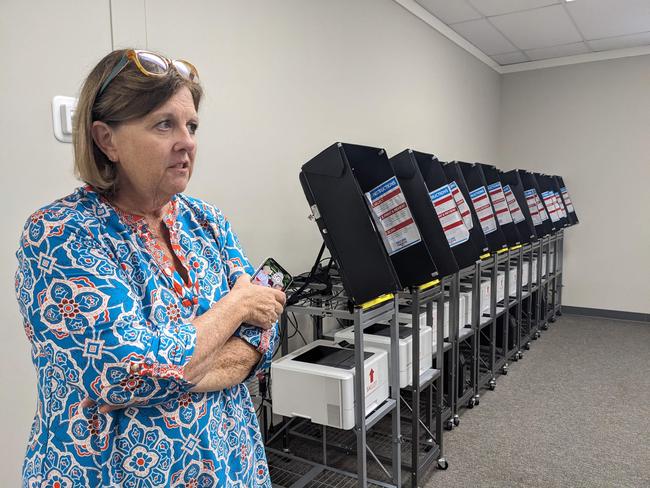
With such tight contests expected in some states, don’t be surprised if recounts and court challenges become a factor. In the 2020 election, an outcome was not known until four days afterwards, and pundits expect a similar thing could happen this year.
When will the next president take office?
The next president of the United States will be inaugurated in Washington DC on January 20, 2025.
What about Donald Trump’s legal standing?

Earlier this year, Donald Trump was found guilty on 34 felony counts in New York State, relating to records that were falsified to hide hush-money payments paid to the adult star Stormy Daniels prior to the 2016 election. The judge in that case reserved sentencing until November 26. If Judge Juan Merchan sentences Trump to jail, after he has won the presidency, it would create an unprecedented political and judicial situation. While Trump would undoubtedly appeal any sentence, he would not be able to pardon himself as he has been sentenced under a New York State law.
In addition to that case, Trump is also facing court matters over his handling of classified documents, and alleged interference in the outcome of the 2020 election.




